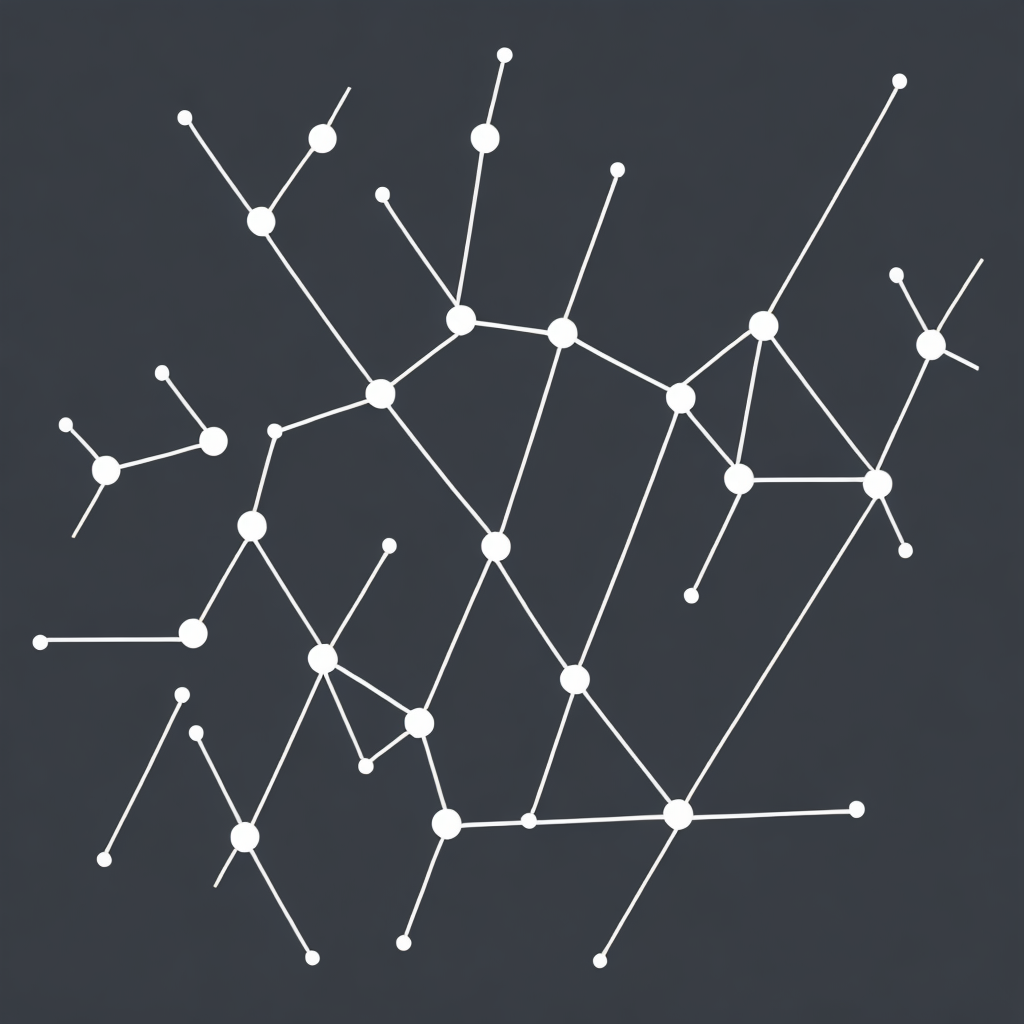Navigating the Complexity of Knowledge Graphs: A Comprehensive Guide to Understanding and Implementing Graph Databases in Your Organization
Introduction:
Knowledge graphs have become a crucial element in the ever-increasing amount of data businesses are managing. The landscape of graph databases has evolved significantly, offering a rich framework for storing and retrieving complex relationships and multi-dimensional information. This article aims to be a comprehensive guide for individuals and organizations contemplating the use of graph databases in their data strategies, providing an in-depth understanding of the technology and best practices for implementation.
Understanding Knowledge Graphs:
Before diving into the specifics of graph databases, it’s essential to establish a clear understanding of knowledge graphs. Essentially, a knowledge graph is a way of representing information as a network of interconnected data entities – nodes, and the relationships between them – edges. These entities could represent anything from customers and products to people and organizations, and their relationships could represent interactions such as purchases, connections, or correlations.
Graph Databases, or noSQL graph databases, are designed specifically to manage and query such complex, interconnected data. They offer significant advantages over traditional relational databases when dealing with highly interconnected data, offering faster querying, improved scalability, and more efficient management of complex relationships.
Benefits of Graph Databases:
1. Enhanced Querying: Graph databases excel in handling complex and intricate queries, which are common in highly interconnected data environments. This capability can provide insights, such as identifying critical nodes, paths, and clusters, much more efficiently than traditional databases.
2. Better Scalability: Graph databases are designed to scale both horizontally and vertically easily. As the size of your knowledge graph grows, the database can automatically distribute the workload, ensuring no single node becomes a bottleneck.
3. Improved Performance: With graph databases, performance issues prevalent in traditional databases, such as slow query times and complexity in handling relations, can be minimized.
4. Scalability for Dynamic Environments: Knowledge graphs and graph databases are particularly resilient to changes in a dynamic environment. Whether your data grows in volume, or your organization’s needs evolve, graph databases can adapt to support your needs.
Steps to Implementing Graph Databases:
1. **Define Your Objective**: Clearly define what you want to achieve with your knowledge graph. This will help you in selecting the right type of graph database that aligns with your specific problem domain.
2. **Data Modeling**: Spend time modeling your data using a graph database framework. This might involve identifying nodes (data entities) and relationships among these entities. Tools for creating an ERD (Entity Relationship Diagram) based on a graph will be invaluable during this phase.
3. **Select a Graph Database Technology**: There are several graph databases to choose from including Neo4j, Amazon Neptune, and TigerGraph. Different technologies may excel based on your specific data type, scalability needs, or specific features needed.
4. **Set-up and Configuration**: Based on the database technology you have chosen, follow the documentation for setup – which may involve setting up server configurations, indexing, and tuning parameters.
5. **Data Migration**: If you are working with existing data, you might need to migrate this data into your graph database to populate it. Consider leveraging data pipelines or direct import tools.
6. **Data Querying, Management, and Optimization**: Once your data is in the graph database, familiarize your team with the query language supported by that technology (e.g., Cypher for Neo4j). Optimize your graphs and queries through indexing, schema design, and query optimization.
7. **Monitoring and Maintenance**: Continually monitor the performance of your graph database with built-in diagnostic tools. Regularly tune and adjust settings based on your observations to keep the system running smoothly.
8. **Training and Adoption**: Encourage training sessions on graph database principles, technologies, and query languages for your team. This will lead to effective use and adoption of this powerful data management tool.
Conclusion:
Knowledge graphs and their underlying technology, graph databases, hold promise in organizing and utilizing complex data relationships. By following the steps discussed in this guide, organizations can realize the full potential of graph databases. As the benefits become more evident, graph databases may emerge as a cornerstone in the evolving landscape of data management solutions. Embracing this modern data strategy equips your organization with powerful tools to uncover deeper insights, enhance decision-making capabilities, and ultimately drive innovation and growth.
